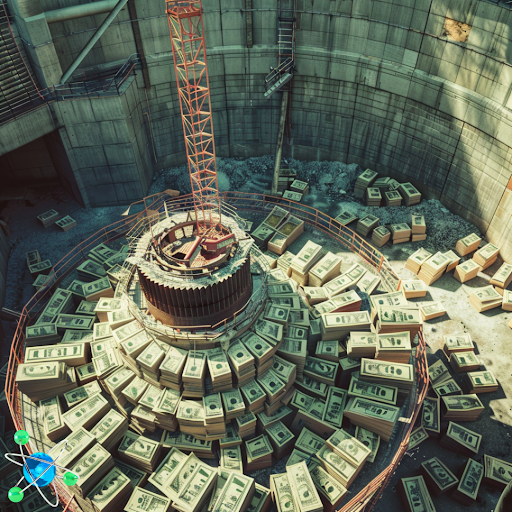
On Monday, the Department of Energy (DOE) announced that they will be funding $900 million to support the development of the initial U.S. deployments of Generation III+ (Gen III+) Small Modular Reactor (SMR) technologies. This funding aims to bolster America’s domestic nuclear industry and simulate further reactor projects. These initiatives are crucial for achieving the nation’s clean energy and climate goals.
DOE will provide the funding in two tiers. The departments will give up to $800 million toward supporting “two first-mover teams of utility, reactor vendor, constructor, and end-users or power off-takers committed to deploying a first plant while at the same time facilitating a multi-reactor, Gen III+ SMR orderbook.” In the second tier of the funding, DOE managed to provide up to $100 million to help with the goal of spurring SMRs by addressing the key gaps including design, licensing, supplier development, and site preparation.
As U.S. Secretary of Energy, Jennifer M. Granholm said that President Biden is committed to ensuring that nuclear energy remains the key pillar as our nation transitions to a safe and secure clean energy future. “Today’s announcement will support early movers in the nuclear sector as we seek to scale up nuclear power and reassert American leadership in this critical energy industry,” she added.
According to the DOE, it estimated that for the U.S. to reach net-zero emission by 2050, an additional 700-900 GW of clean, firm capacity is needed. Nuclear energy is the proven option that could be deployed to meet this need as it is our largest source of carbon free electricity. It will also generate high paying jobs and economic benefits for communities impacted by the energy transition. The department indicates that “establishing a committed orderbook of reactors in the near-term is critical to accelerating technology learning and reducing deployment costs.”
DOE is expected to announce the funding solicitation and start accepting the application in either late Summer or Fall of 2024.
On the other hand, the Information Technology and Innovation Foundation, published a report that shows the U.S. is approximately 10 to 15 years behind China on nuclear energy deployment.
While the U.S. still being the world’s leader in nuclear energy output, accounting for one-third of nuclear power produced globally, China is catching up. Currently, there are 27 reactors in progress in china and aims to build 150 reactors from 2020 to 2035. Meanwhile, the U.S. has zero construction.
Congress is taking action. The Senate is likely to vote on a bipartisan nuclear energy package aimed to increase NPR people and streamline the licensing process for advanced reactors. If signed by President Biden, this package would represent the most significant federal support for the nuclear industry in two decades.

0 Comments